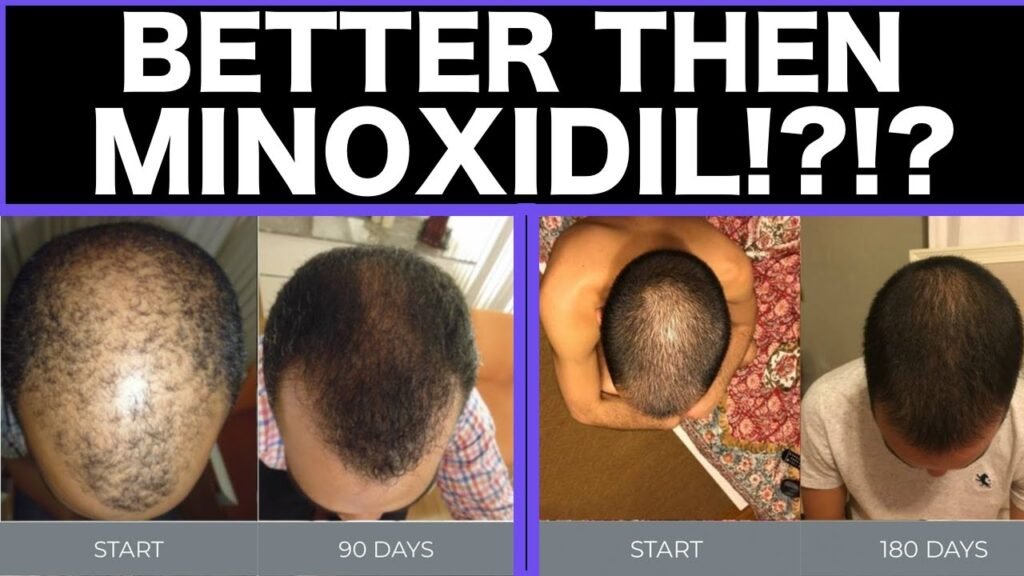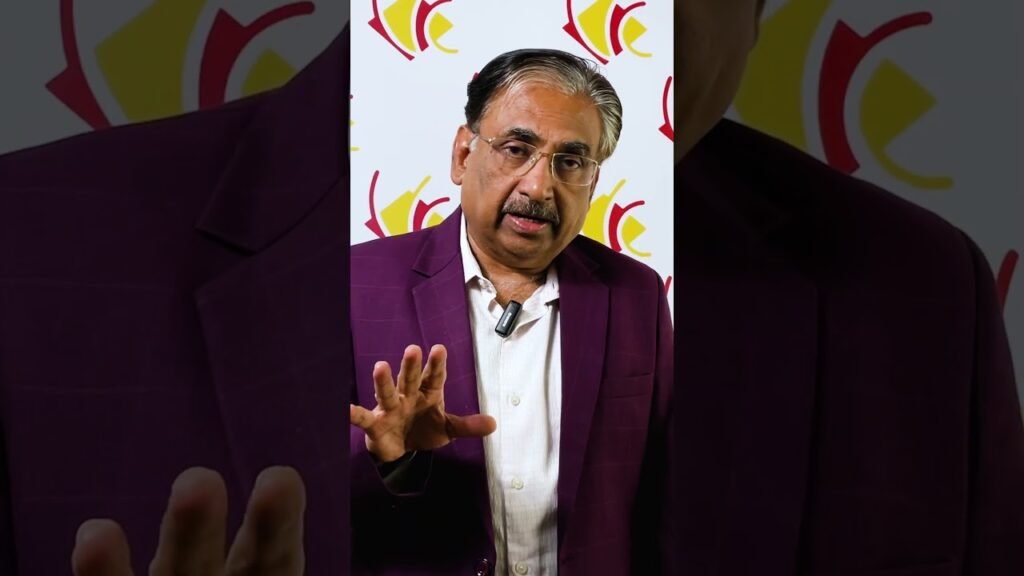What’s the difference between Minoxidil vs essential oils
Minoxidil and essential oils are popular options for those looking to improve hair growth, but they differ significantly in their composition and application. Minoxidil is a synthetic medication that has been approved by the FDA for treating hair loss, particularly androgenetic alopecia. It works by stimulating hair follicles, increasing blood flow to the scalp, and prolonging the growth phase of hair. Minoxidil is available in topical forms such as foams or solutions, and it is typically applied directly to the scalp twice daily.
In contrast, essential oils are natural extracts derived from plants, each with unique properties that can contribute to hair health. Popular essential oils for hair growth include rosemary, lavender, peppermint, and tea tree oil. These oils are often mixed with carrier oils like coconut or jojoba oil and massaged into the scalp. Essential oils are valued for their aromatic properties and potential therapeutic benefits, including reducing inflammation and promoting a healthy scalp environment.
While Minoxidil is a clinically tested and regulated treatment with proven efficacy in promoting hair growth, essential oils offer a more holistic approach with anecdotal evidence supporting their benefits. Its crucial for users to consider their personal preferences, skin sensitivities, and desired outcomes when choosing between these two options. Additionally, some individuals may prefer to combine both treatments, using Minoxidil for its scientifically backed results and essential oils for their natural and soothing qualities.


